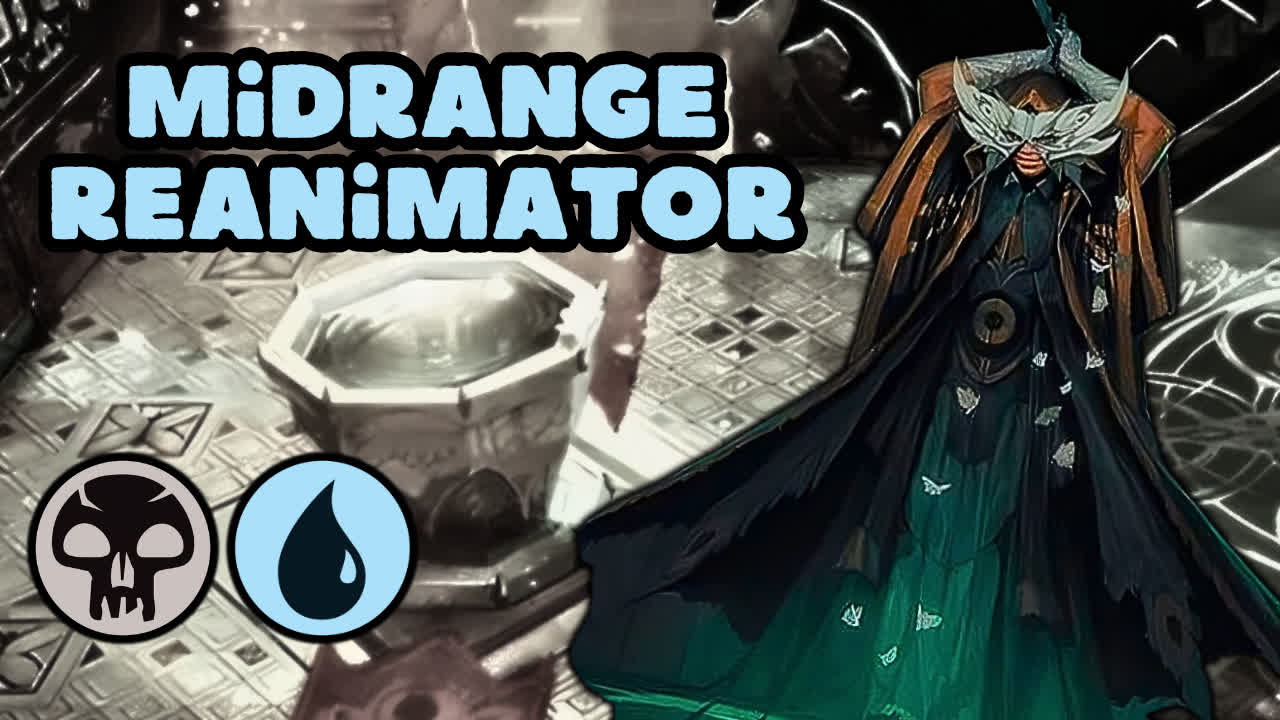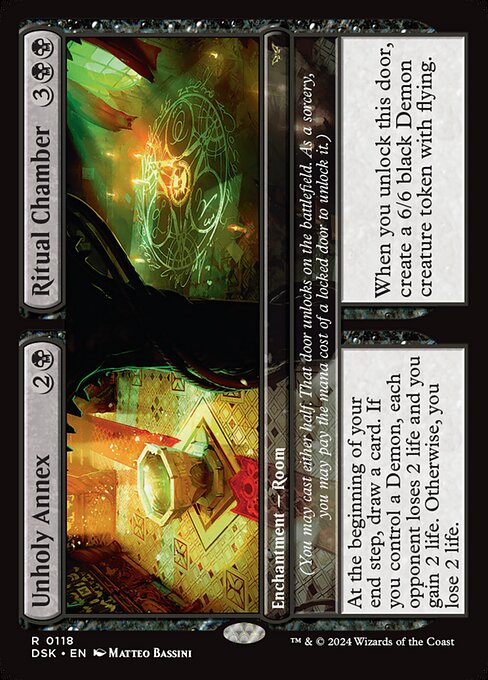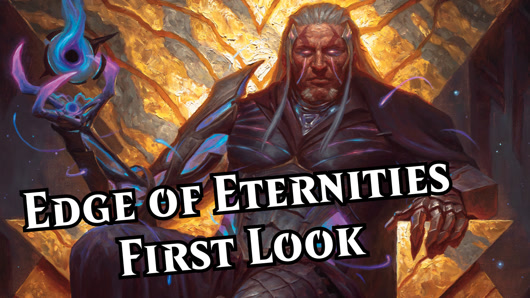Dimir has been a popular color pairing in Standard for some time now, and the deck has gone through massive changes in that time. Back in October, Javier Dominguez took down the World Championship with Dimir Demons, but in the last few weeks, the demons package has fallen out of favor in place of a more aggressive build focusing around Kaito, Bane of Nightmares.
This means that meta-hating hipsters like me can start playing the demons package and see what all the former fuss was about. Of course, I wasn’t going to just net deck the previous list, but instead look at its card choices and figure out how to use that base to power up a strategy I was already going to play.
The Core
The main value engine of the Dimir Demons deck has always been Unholy Annex. Honestly, without this three-mana draw engine, the deck wouldn't be focused around demons at all and would simply be another take on Dimir Midrange. The ability to draw extra cards on your end step and even generate a four-point life swing situationally each turn is incredibly powerful. The fact that it triggers the first turn you play it means it will almost always replace itself in your hand even if your opponent is able to remove it. If they aren't, the value is going to overpower them consistently.
This combines beautifully with Archfiend of the Dross because Archfiend puts you, its controller, on a four-turn clock just by existing. You need to be aggressive and end the game if you're playing Archfiend, which we're happy to do, and the Annex's drain adds to the otherwise powerful beatdown of this overstatted monster.
Yes, I know I’m late to the party on this interaction, but it just lines up so well with the twist I’m about to throw on it.
The Twist
If you've read my other articles, watched my live streams, tuned into my YouTube channel, or had a conversation with me over coffee that lasted more than three minutes, you probably know I'm a fan of reanimator decks. As a direct result, I'm forcing Valgavoth, Terror Eater in nearly every deck I build and will continue to do so until it rotates. When Val hits the battlefield, you often simply win because of its combination of lifelink, huge body, and self-protection, but his massive mana cost makes him nearly impossible to hard cast without tremendous effort. So, yes, Wizards of the Coast got my letters and gave Standard a perfect reanimation target.
It's rather fitting and flavorful that Valgavoth's Faithful works as a powerful way to reanimate the big man himself, and it lines up beautifully with other elements of the deck. Overlord of the Balemurk can return the Faithful to hand if it's answered, and traditional counterspells (often a great way to stymie reanimation spells) line up poorly against Faithful because it dodges soft counters like Phantom Interference and many more narrow sideboard answers like Negate.
Overlord of the Balemurk is the glue that ties this whole deck together. Being a 5/5 attacker that fills our graveyard and lets us Raise Dead on attack gives us card advantage and excellent selection. You'll notice a theme in this deck of every creature having the potential to be a game-ending threat if left unchecked while also providing cheap, efficient utility, and Balemurk exemplifies that here. When cast on turn two, this card often draws us a card and gets us closer to threshold while also giving us the inevitability of a threat in the late game if our opponent manages to hang on and outlast us.
Foundations Include
As a reanimation enthusiast, Zombify and Kiora, the Rising Tide are two of the most stunning additions to Standard that we've seen in some time. Four-mana reanimate is exactly what I need in my life, and having it as a backup alongside Valgavoth's Faithful makes our reanimation engine very difficult to interact with. Kiora, meanwhile, sets up our graveyard but also represents a huge threat on her own. Given that we're filling our graveyard consistently with Overlord of the Balemurk and casting our removal spells, getting her attack trigger is not difficult.
Our primary gameplan is to overwhelm our opponent with overstatted, efficient threats, and Scion of the Deep is most certainly that. An 8/8 arriving simply because our opponent didn’t kill a 3-mana creature earlier is kind of nuts. If they spend removal on Kiora, though, and don’t let the trigger happen, they have less removal in hand to deal with any of our other creatures.
Abyssal Harvester is a cheap demon and is, therefore, a decent include in this deck. As of this writing, I must admit that it hasn't been a major contributor to any wins as I prioritize getting the Unholy Annex or Kiora, the Rising Tide online first, which leaves it stranded in my hand. The ability to situationally reanimate for zero mana does mean it can net you a Valgavoth, Terror Eater that hit the graveyard off an Overlord or Kiora trigger, though, so it demands respect even if it lines up a little awkwardly on our curve.
The Removal Suite
Our threats start appearing on turn three, so we have answers as our turn-two plays. Go for the Throat and Phantom Interference do great work in disrupting our opponent's setup on either the play or the draw and slowing down early ramp or threats.
Unsummon is an underutilized card in today's Standard and is preferable, in my opinion, to cards like Into the Flood Maw in this deck because it can target our own creatures. Being able to bounce an Archfiend of the Dross or Overlord of the Balemurk in response to a kill spell or sweeper can operate as protection, and unsummon can also bounce a Monstrous Rage target on turn two to prevent five or more damage against aggro.
Conclusion
As someone who prides himself on janky brews and oddball concepts, this deck is the closest thing you’ll see me create to a bread-and-butter midrange deck. It generates card advantage and is just loaded with cards that generate value on entry plus inevitability if left unchecked. It honestly feels great to play and can hang with a lot of the current meta. If you’re looking to play reanimator, but you still want to actually win on the ladder, I’d definitely recommend this one.
Thank you for reading, and happy brewing!



















